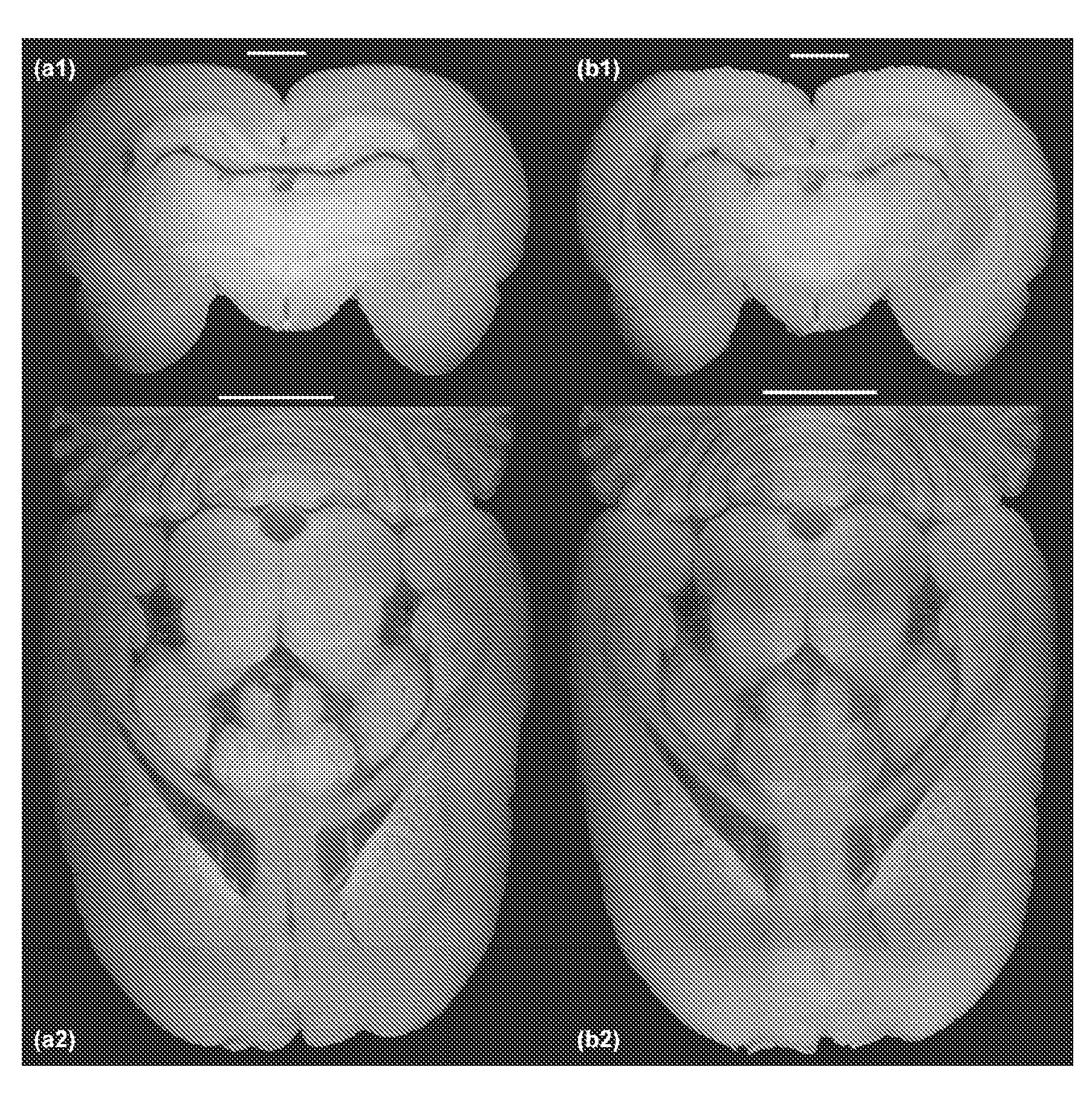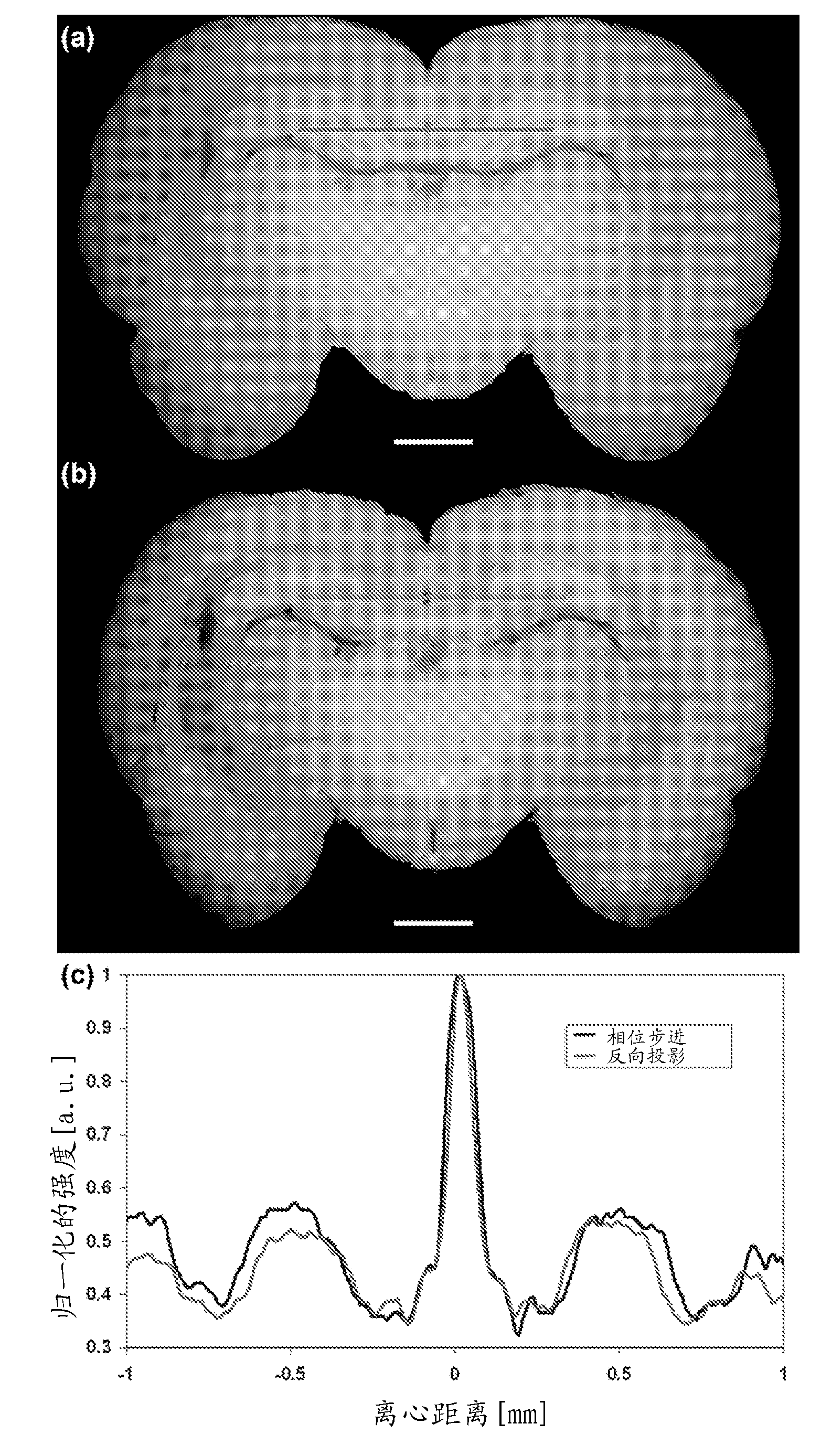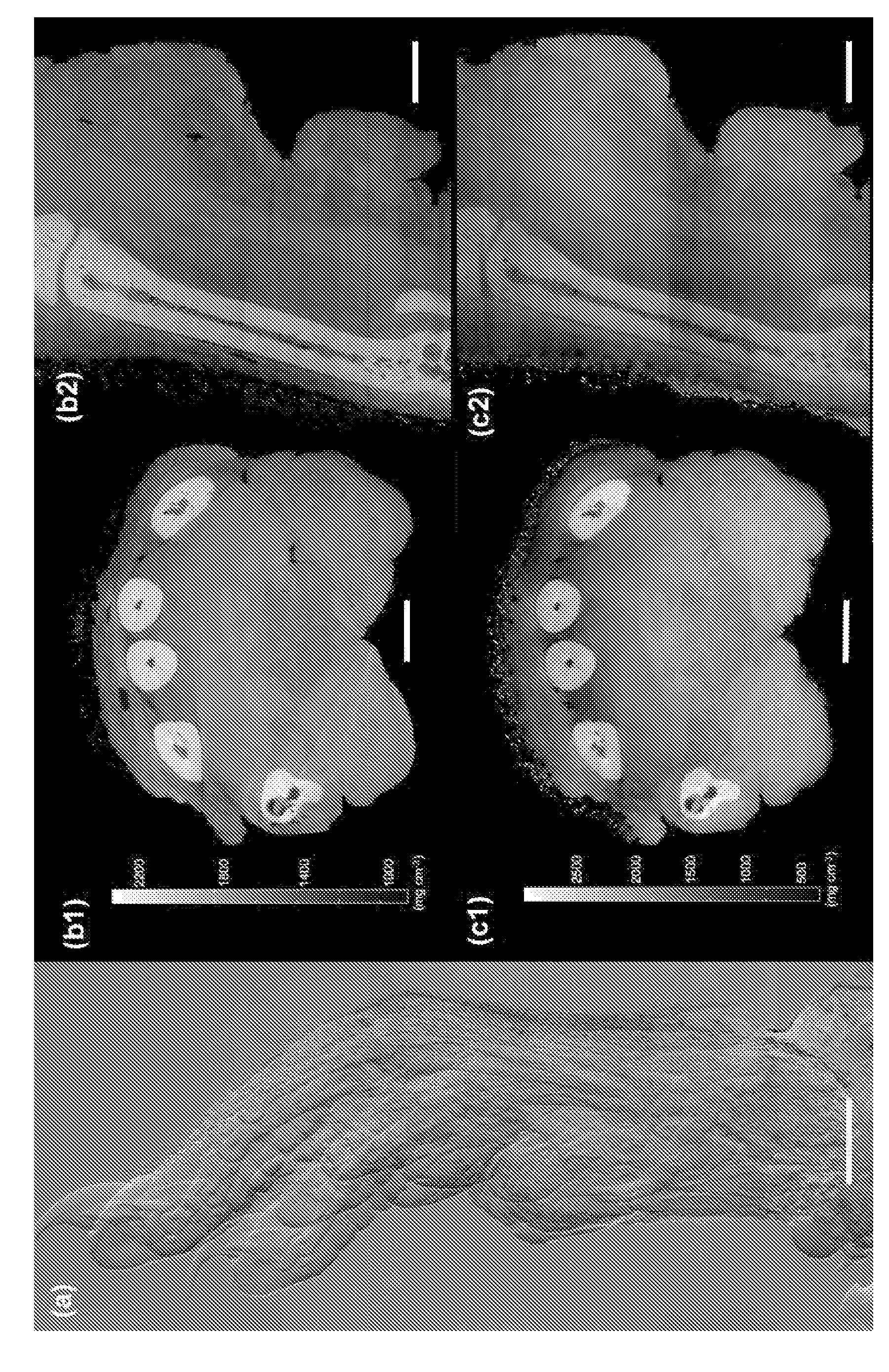Low dose single step grating based X-ray phase contrast imaging
An X-ray and grating technology, applied in the field of X-ray phase contrast imaging, to achieve the effect of reducing the dose
- Summary
- Abstract
- Description
- Claims
- Application Information
AI Technical Summary
Problems solved by technology
Method used
Image
Examples
Embodiment Construction
[0046] With reference to the aforementioned figures, an innovative method for extracting phase information is presented that does not require a stepping process, thus overcoming the limitations of data acquisition time and dose delivered to the specimen.
[0047] The novel approach relies on the physical similarity between crystal analyzer-based systems and grating interferometers. Both techniques record the refraction angle signal and, similar to the rocking curve of a crystal analyzer, an offset curve can be employed (see figure 1 ) to comprehensively describe the performance of the grating interferometer. The angle of refraction, ie the phase information of the sample, can be extracted by placing a grating interferometer in a central position where the intensity curve follows a linear behavior.
[0048] According to the previous simulations, the intensity recorded by the detector positioned after the grating interferometer I It can be expressed as:
[0049]
[0050] w...
PUM
 Login to View More
Login to View More Abstract
Description
Claims
Application Information
 Login to View More
Login to View More - R&D
- Intellectual Property
- Life Sciences
- Materials
- Tech Scout
- Unparalleled Data Quality
- Higher Quality Content
- 60% Fewer Hallucinations
Browse by: Latest US Patents, China's latest patents, Technical Efficacy Thesaurus, Application Domain, Technology Topic, Popular Technical Reports.
© 2025 PatSnap. All rights reserved.Legal|Privacy policy|Modern Slavery Act Transparency Statement|Sitemap|About US| Contact US: help@patsnap.com



